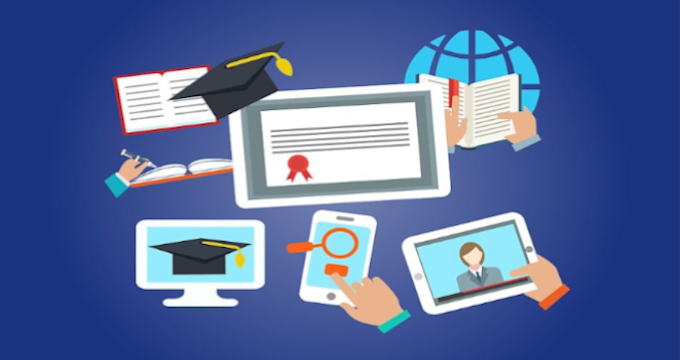With lockdowns on and off and the new school season upon us, it’s now been almost 10 months that we’ve had to embrace distance learning in the wake of the COVID-19 pandemic. By now it looks like online education – either in a partial or in a fully online format – is destined to become an integral part of our lives, whether we like it or not.
In this article, we will contemplate the current homeschooling outcomes and the lessons learned during distance learning. By integrating the online learning experiences, we can become better prepared for the challenges of remote education, and open up to opportunities it brings.
What Parents Say About Online Learning
A survey conducted by Pew Research Center indicates that the parents of K-12 students attending schools in person are generally satisfied with the way schools are handling education in the wake of the pandemic, although they are still concerned about the virus spread. The parents of children studying online or those using hybrid learning are, admittedly, more concerned about kids falling behind in school.
Apart from concerns about the quality of education, parents are also worried about their kids’ social lives, emotional well-being, screen time, and access to extracurricular activities. Parents of younger children report they are more concerned about their social skills than learning capabilities.
Most households with children on distance learning have at least one family member assisting their kids in their studies and providing additional instructions, according to the survey. The social and economic implications of one of the adults having to give up work and take on teaching responsibilities are reasons for the growing tension between parents and teachers in many school districts.
In some families, however, distance learning is a conscious choice. Parents who have earlier contemplated distance learning for educational or mental health reasons used coronavirus lockdown as an opportunity to fully switch to online education. Using platforms like VARTEQ ReaLMS, parents are capable of giving children everything they need for successful and engaged learning.
How Children Are Coping With Distance Learning
Children are also having a hard time adjusting to an online learning environment. The break from their old routines associated with going to a physical campus and communicating with peers is especially challenging.
Younger kids have trouble concentrating on the screen and often stop paying attention after an approximately 30-minute time span. Middle school students are easily tempted to skip assignments or play online games during classes. Teenagers are having a hard time as they miss socializing with their friends and are losing interest in their previous academic goals and achievements.
On top of that, schools are often the only place that students rely on for mental health care, which makes education psychologists concerned about how kids are handling social deprivation.
How Are Educators Meeting the Distance Learning Challenge
As difficult as distance learning may be for everyone, teachers are doing all it takes to improve the learning process despite the limitations of the online and hybrid format. As of today, educators are reflecting on the challenges and specifics of online education and working on improvements. In a nutshell, the steps they are taking are as follows:
1. Using knowledge assessment and targeted learning
All in all, teachers in K-12 schools admit that it’s nearly impossible to offer students equal learning experience – all because of the differences in the domestic environment, access to gadgets and the Internet, and other individual specifics like healthcare issues and disabilities. Rather than trying to improve these conditions, educators are focusing on knowledge assessment in order to identify knowledge gaps and on giving personalized instructions. This helps increase learning precision and accelerate learning.
2. Using guided instructions instead of lectures
It’s hard for students to concentrate on lectures online, so teachers try to minimize the time children spend on passive information intake. Instead, they try to replace lectures with guided instructions and practical work in small groups, to maximize students’ engagement and facilitate learning.
3. Focusing on social and emotional learning
In a bid to compensate for missing out on social interactions, teachers are promoting social and emotional learning. Choosing learning content that touches upon social issues and triggers emotions is a means of encouraging students to partake in discussions. Educators also encourage students to interact and share what they’ve learned. The trend is also towards the gamification of learning; for example, peer competition can act as actionable means of increasing emotional involvement.
Final Thoughts
Despite numerous challenges, full or partial distance learning is gradually becoming a new reality. Surely, to fully meet the demands for gamification, interactivity, and engagement, educators need modern e-learning software tailored to the requirements of K-12 education. The quarantine in school districts has fueled the demand for platforms like ReaLMS, featuring assessment tools, analytics, and gamification modules to facilitate learning and maximize student’s involvement in the educational process. One way or the other, even with schools returning to the traditional education model, online learning remains a viable alternative to in-person learning and a conscious choice for many families.
Looking for modern software solutions to facilitate distance learning? Contact us now for a free consultation!

